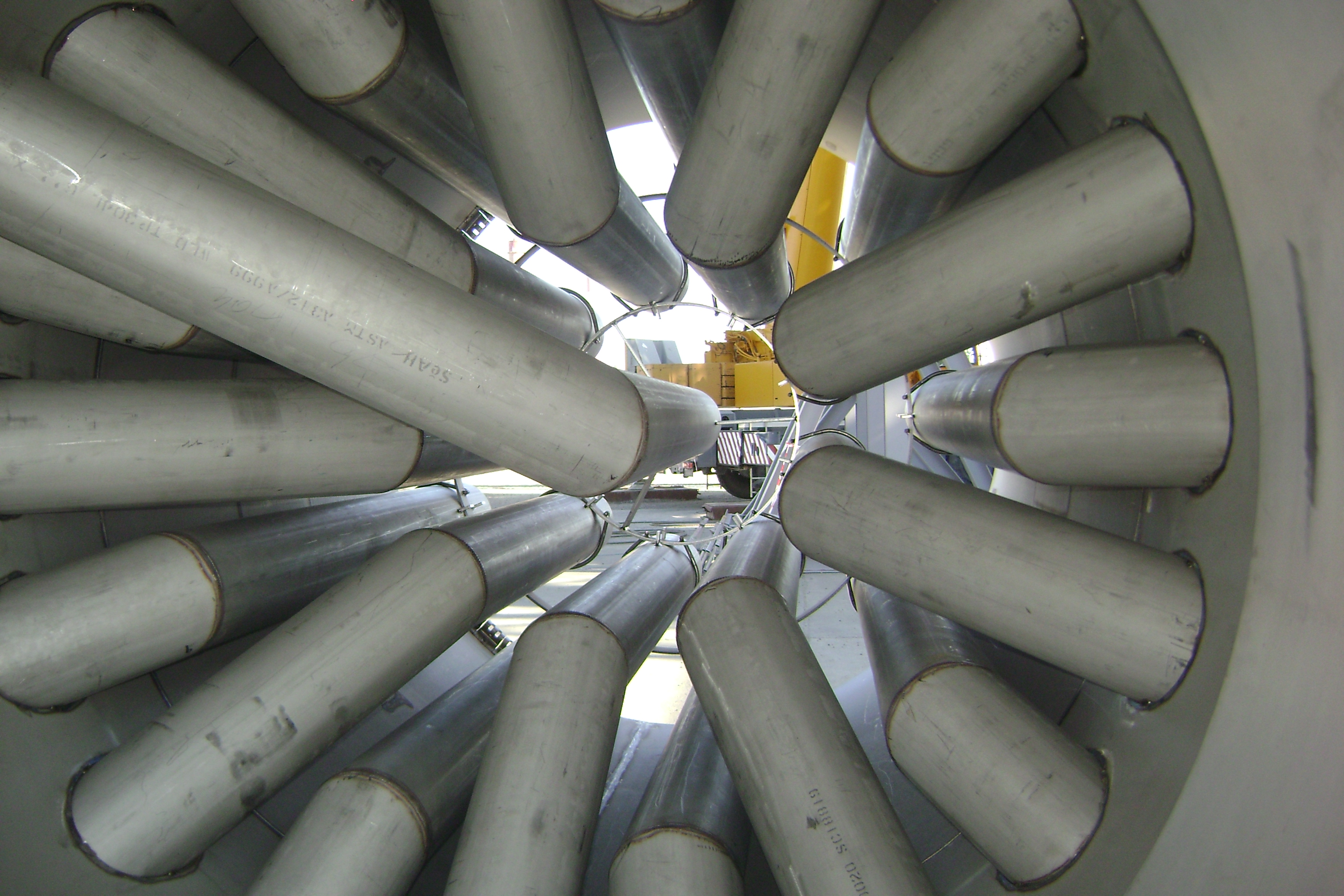
Quality Control (QC)
Public Quality Control
Active 4 months ago
Welcome to [NDT Inspection Portal]’s quality control group, a place for professionals to connect... View more
Public Quality Control
Group Description
Welcome to [NDT Inspection Portal]’s quality control group, a place for professionals to connect and discuss the latest techniques and technologies in quality control.
Quality control is a critical aspect of ensuring the reliability and performance of products and services in various industries, including manufacturing, construction, and engineering. It involves the use of specialized techniques and processes to evaluate and improve the quality of products and services to meet the requirements and expectations of customers.
Quality control involves the use of a variety of tools and techniques to evaluate the quality of products and services, including inspection, testing, and measurement. It may involve the use of non-destructive testing (NDT) methods, such as ultrasonic testing, radiographic testing, and visual inspection, to identify any potential defects or issues that may affect the quality of the product or service. Quality control also involves the development and implementation of quality management systems to ensure that products and services meet the required standards and specifications.
Our member group offers a platform for sharing knowledge and best practices on quality control and its applications in various industries. Join our community of experts from around the world and be a part of the conversation on advancing the practice of quality control and its applications in the field of NDT and inspection. Whether you are new to quality control or an experienced professional, you’ll find valuable resources and a welcoming community in our group.
Reply To: MAPOD based reliability assessment of ultrasonic features for bonding quality ev
-
Thank you for your interest and insightful comments. Here are some explanations:
1. Page 8: When we compare A-scan amplitudes of experimental and numerical results we followed two steps:
a) For experimental results, as you mentioned, we have converted the ultrasonic response energy to percentage.
b) For numerical results, the A-scan responses are not normalized, however, calibrated. The numerical software used in this study is CIVA (CEA, Fr) is based on semi-analytical finite element model calculations. As a result, we obtain “CIVA points” for each calculation and these points are converted into percentages.
The calibration value for all work is selected as the maximum amplitude observed from the defect center of 5 mm debonding. In order to match the response for each case, results are not normalized however numerical model parameters have been adjusted.2. Variation model with metamodels: As you described, metamodels are models of models, or response surfaces, that are mathematical approximations that are used to reduce the computation time of specific points. In this work, we have calculated 1054 real models to build, or ‘train’, our metamodel based on the number and the range of selected uncertain parameters. While in theory, it is possible to build a metamodel with a lower amount of calculations, in our case, it would have increased the error caused by mathematical approximation.
Each MAPOD curve we have obtained is based on the calculated metamodel, as a result, the confidence bound and calculated PoD values are quite similar.I hope this explains your questions, however, in case it is not clear, please feel free to continue the discussion.